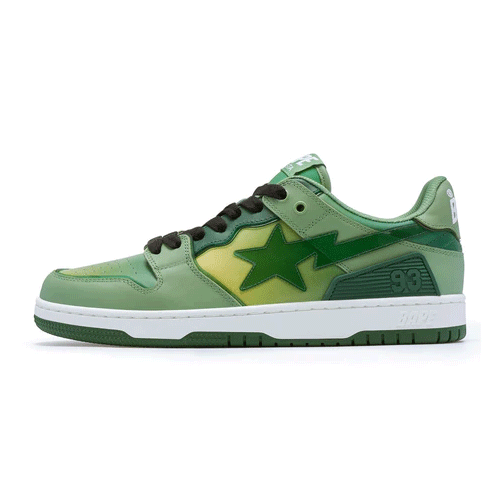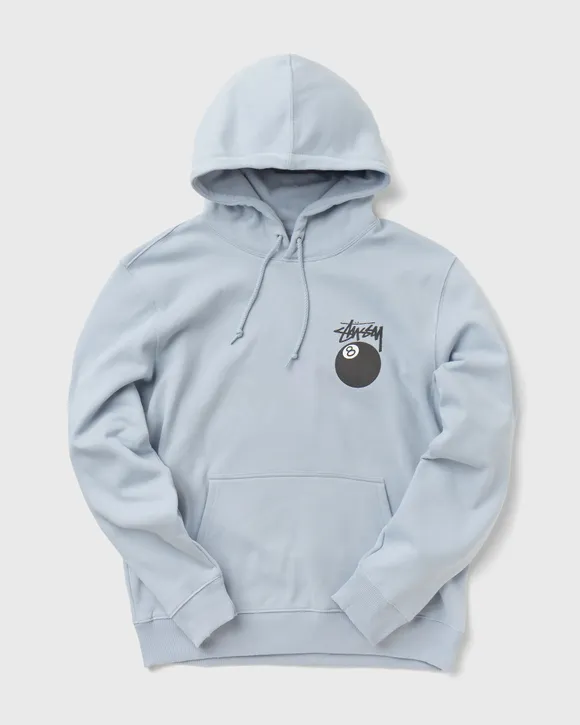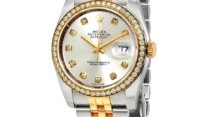
The Rise of Bapesta: Streetwear Royalty in a Sneaker
When it comes to streetwear icons, few sneakers command the kind of respect that the Bapesta does. Born from the visionary mind of Nigo, the founder of Japanese fashion powerhouse A Bathing Ape (BAPE), the Bapesta is more than just a stylish sneaker — it’s a cultural statement, a symbol of rebellion, and a nostalgic nod to hip-hop and pop culture from the early 2000s.
In this article, we dive into the history, design, influence, and continued relevance of the Bapesta in today’s fashion world. Whether you’re a seasoned sneakerhead or a new entrant into the streetwear scene, understanding the Bapesta’s legacy is essential.
The Origins of Bapesta: A Japanese Spin on a Global Icon
The Bapesta first hit the market in the early 2000s, around 2002, when Nigo decided to create a sneaker that paid homage to one of the most iconic silhouettes of all time — the Nike Air Force 1. With its low-top structure, similar paneling, and chunky sole, comparisons between the Bapesta and the Air Force 1 were immediate and unavoidable. However, the twist came in the detailing.
Instead of Nike’s Swoosh, the Bapesta features a bold, lightning bolt-shaped star called the STA, typically outlined and filled with loud colors or camo patterns. The sneaker also boldly wears the BAPE branding on the heel tab and tongue, clearly making it a piece of the BAPE universe. While some critics questioned its similarity to Nike’s design, the sneaker’s unapologetically loud and playful style quickly earned it cult status.
Celebrity Co-Signs and Pop Culture Moments
The Bapesta found itself on the feet of some of the most influential figures in hip-hop and fashion during the early to mid-2000s. From Pharrell Williams and Kanye West to Lil Wayne and Soulja Boy, the sneaker became a must-have for artists pushing boundaries in both music and style.
One of the most iconic Bapesta moments came when Kanye West collaborated with BAPE to create a pair of custom College Dropout Bapestas. This pair, featuring the bear motif from his debut album, is now considered one of the rarest and most sought-after Bapesta collabs in existence.
Bapesta also gained exposure through pop culture, often making cameos in music videos and streetwear lookbooks, which helped cement its position in fashion history.
The Design Language of Bapesta
Unlike many sneakers that lean toward minimalism or athletic performance, Bapesta fully embraces maximalism. The design is loud, vibrant, and unafraid to experiment. Whether it’s the use of patent leather, neon hues, camouflage prints, or luxury-inspired textures, each pair of Bapestas is a statement on its own.
The sneaker’s bulky silhouette is nostalgic, nodding to the early 2000s aesthetic that’s seen a massive resurgence in recent years. At a time when Y2K fashion is back in the spotlight, the Bapesta’s exaggerated style fits perfectly into modern wardrobes looking to mix nostalgia with bold self-expression.
Collaborations That Made Headlines
Over the years, BAPE has mastered the art of the collaboration, and the Bapesta has often been the centerpiece. These collabs not only extended the sneaker’s cultural footprint but also introduced it to new generations and audiences.
Some standout collaborations include:
-
Marvel Comics, with superhero-themed sneakers
-
DC Comics, featuring Batman and Superman-inspired colorways
-
Partnerships with Undefeated, Kaws, and Comme des Garçons, each bringing their unique twist to the silhouette
Through these collaborations, Bapesta has transcended its role as a sneaker and evolved into a canvas for artistic and cultural expression.
Bapesta in the Modern Sneaker Landscape
Today’s sneaker world is more saturated than ever, with constant drops, exclusive releases, and limited runs. Yet, the Bapesta continues to hold a unique place. It doesn’t try to be subtle or fit into the performance sneaker mold. Instead, it embraces its roots and heritage.
Recent releases have included reimagined designs with updated materials and subtle tweaks, but the core aesthetic of the Bapesta remains intact. This consistency is part of what fans love — the sneaker knows what it is and doesn’t chase trends.
As vintage Bapestas from the 2000s resurface in resale markets, collectors are recognizing their value not only as fashion items but also as cultural artifacts. This blend of nostalgia, rarity, and design integrity has kept the Bapesta relevant in a constantly evolving sneaker ecosystem.
How to Style Bapesta: Tips for the Streetwear Aesthetic
One of the reasons the Bapesta remains a streetwear staple is its versatility. While the sneaker itself is bold, it pairs effortlessly with both minimalist and maximalist outfits.
Styling Bapestas often involves playing with proportions. Baggy jeans, oversized hoodies, and graphic tees are natural pairings. But they can also be worn with tapered pants and fitted tops to let the sneakers do all the talking.
Because many Bapestas feature vibrant colorways or wild patterns, it’s often best to treat them as the focal point of your outfit. Neutral or monochrome clothing allows the sneaker to shine, while color matching your outfit to the shoes can create a cohesive and striking look.
Bapesta vs. Other Streetwear Sneakers
What sets Bapesta apart in a world of designer sneakers and mass collaborations is its unshakable identity. While many sneaker brands evolve to follow the latest technology or lifestyle trends, Bapesta remains rooted in what made it iconic — its design, cultural ties, and fearless attitude.
Unlike performance sneakers from Nike or Adidas, the Bapesta doesn’t chase athletic functionality. It also distinguishes itself from luxury sneakers by maintaining a more youthful and street-oriented identity, despite often being priced in premium ranges.
The Bapesta sits at the intersection of fashion, art, and street culture, which is rare for a sneaker that was once labeled as a knockoff. It has flipped that narrative entirely, becoming a reference point for how remix culture can lead to something entirely original.
Why Bapesta Still Matters Today
Two decades after its initial release, the Bapesta has proven it’s more than a trend. It represents a specific time and ethos — a blend of Japanese design, Western hip-hop influence, and streetwear innovation. It reminds us of a time when style was bold, expressive, and unafraid to push boundaries.
With streetwear now influencing high fashion and sneakers occupying a central role in global style conversations, the Bapesta’s legacy is more relevant than ever. It’s not just a shoe; it’s a piece of history, a work of art, and a badge of cultural credibility.
Final Thoughts
The Bapesta is a legend that has outlived fads, transcended borders, and remained true to its origins. From Tokyo to New York, it continues to inspire, provoke, and define what streetwear can be.
For those looking to explore the roots of streetwear culture or expand their sneaker collection with something that carries both style and substance, the Bapesta is a top-tier choice. It’s not just about wearing a sneaker — it’s about wearing a story.








